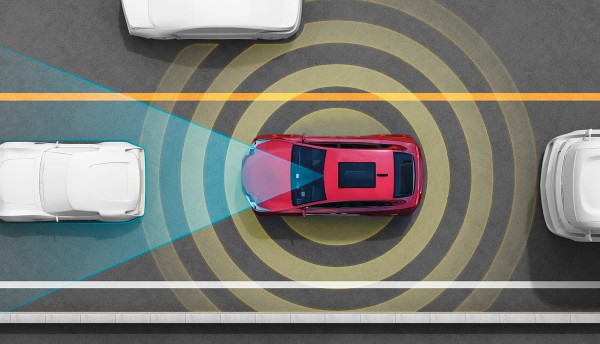
The widely reported news that Chinese web-services company Baidu plans to launch a self-driving car in China by the end of the year has not come as a surprise to the industry. Wang Jin, Baidu's senior vice-president, was quoted as saying that the company would launch a self-driving car (SDC) prototype with BMW in 2015. The executive added that the prototype car would be used to test the road-readiness of Baidu's technology but would still have driver controls.
Baidu teamed up with the BMW Group last year for a research project which envisaged self-driving vehicles operated on urban highways in Beijing and Shanghai. Baidu offers similar services to rival Google and is China's largest search engine. As well as the self-driving vehicle project, the company has formed collaborations with several automakers for connected-car technology and has been reported to be considering buying Nokia's map business.
The announcement that the company is looking to launch an autonomous vehicle this year is ambitious. Even Google, whose interest in autonomous vehicles has long been documented, is only just this summer starting on-road testing of its prototype self-driving car. Google has built 25 vehicles that it will take to the streets around its offices in California, United States. The company’s latest iteration of its prototype vehicle uses the same software as its test fleet of Lexus RX 450h vehicles, though with more sensors. The new autonomous prototype the company is set to use has been custom built with incorporated sensors, whereas previously its sensors were added onto a standard Lexus. The Google prototype is limited to 25mph and Google drivers will have a detachable steering wheel, accelerator pedal and brake pedal to take over control as necessary.
Google maintains that this is a research project and not development of a specific production vehicle. It seems clear that the autonomous question is if, not when; results of this and other projects advancing the technology rapidly, though true consumer demand is less certain. However, though Google is in the driving seat in terms of development, they are unlikely to be producing the necessary physical parts for any autonomous driving system. Instead their opportunity is likely to come in licensing software they develop, for which they need to be first to market, hence an aggressive 2017 target. Google is less interested in being a vehicle manufacturer than it is preparing the landscape for change and then enabling it by taking care of the tougher part of the development, or the software.
The announcement by Baidu highlights the openness of the term “autonomous”. The head of Baidu's deep learning lab Yu Kai has previously said that that the company is not looking, as Google is, at completely autonomous car, looking instead to develop a vehicle that will retain the traditional pedals but give the driver greater freedom. To consumers, the idea of autonomous vehicles is being defined by tech companies, that being as a vehicle that completely drives itself, without human intervention. Anything less does not count as autonomous.
Most automakers at this stage are following a different strategy of incremental advances in automation to augment or relieve the driver of more and more driving tasks until the car becomes self-driving, rather than leaping straight to full autonomy as Google and Baidu are aiming to do. Almost all have their own autonomous vehicle projects, and are quietly working on the other aspects that build towards it, such as active safety. The last few months have seen a number of automakers announce progress on autonomous vehicles projects, including Audi, Mercedes-Benz and Hyundai.
The differing strategies also have differing timelines for the introduction of fully autonomous vehicles to the market. Continental spokespersons have indicated the company believes 2025 is the earliest SDCs will be seen on the road. Google’s Sergey Brin told The New York Times: "[advances by traditional suppliers] seems not entirely in keeping with our mission of being transformative."
The shift of R&D responsibilities onto suppliers – once seen as a strategy by OEMs to transfer a costly element of auto production – has proved beneficial as tier ones find themselves market leaders in a number of key technologies. OEMs are only just starting to play catch-up, while the major suppliers are now ploughing as much as 5% of revenue back into R&D. Baidu and Google has the opportunity to take advantage of this swing by doing the development for a self-driving vehicle. However for the project to really work, it needs to be first to market.
Google has stopped short of saying it was looking to license its self-driving technology, with its car is still in the research phase. If a traditional automaker can develop the systems necessary to commercialise a self-driving car ahead of or on a similar timeframe as Google, they may be less likely to fabricate a vehicle for the technology giant. However, there are automakers with fewer resources; for one of them, assembling for Google could get them into a sector they might not otherwise be able to get a foothold in.
IHS Automotive forecasts the first self-driving cars (SDCs) will be on the road before 2025, which would be Level 4, able to be controlled by the driver; Level 5 SDC-only cars are forecast to appear about 2035. We forecast the first SDC cars will have a global market share of about 9% by 2035 and 90% by 2055 − from 230,000 in 2025 to 11.8 million in 2035 (Level 4 and Level 5).








